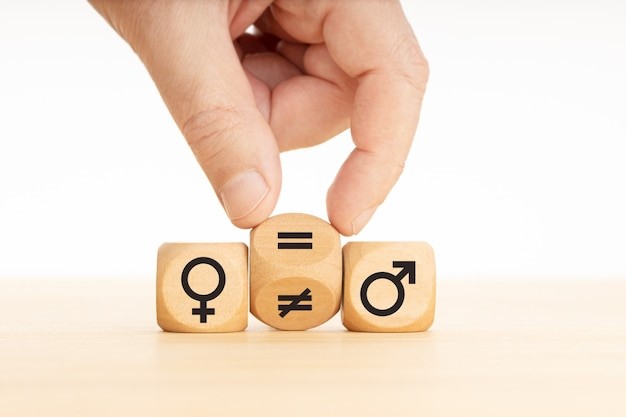Reforms to Gender Equality being introduced through Parliament

Michael Smedley
Article06 March, 2023

Reforms to Gender Equality being introduced through Parliament
The Workplace Gender Equality Agency (WGEA) is introducing an amendment to the Workplace Gender Equality Act 2012 into Parliament called Bill 2023, it was introduced to parliament on February 8th 2023.
The Minister for Women and the Government recommended 10 changes in a 2021 report – this Bill progresses the implementation, either in part or in full of almost all of the recommendations in the WGEA Review requiring legislative amendment. The recommendations are:
- Make it easier for employers to report to WGEA and improve collection and sharing of gender data
- Publish organisation gender pay gaps to accelerate action to close them
- Bridge the ‘action gap’ with new gender equality standards
- Reduce the regulatory burden on employers
- Support Respect@Work implementation to prevent and address workplace sex-based harassment and discrimination
- Research the best way to collect diversity data
- Refine the gender equality indicators
- Strengthen compliance and enforcement
- Set WGEA up for future success to support employers to drive gender equality in Australian workplaces
- Review the Workplace Gender Equality Act in five years from the date any legislative changes commence
The reforms introduced to parliament include WGEA publishing employer level gender pay gaps for the first time, as well as requiring employers to provide their WGEA gender equality reports to their governing bodies. It also includes setting a new requirement for policies or strategies across gender equality drivers and refining what employers report to WGEA, including a broader range of matters relating to sexual harassment and discrimination because of the Respect@Work report.
Agency Director Mary Wooldridge said these reforms are a significant step forward for gender equality and ensuring workplaces are fair and equal for all Australians.
Workplace gender equality is important for creating a fair and inclusive work environment and can help to improve the representation and treatment of women in the workforce. Here are some strategies that can help to strengthen workplace gender equality:
- Implement gender-neutral hiring practices: This involves removing bias in the hiring process and assessing candidates based on their qualifications, skills and experience. Employers can adopt this approach by using standardised interview questions, removing names and gender markers from resumes and applications, and increasing the diversity of the hiring panel.
- Promote flexible work arrangements: Offering flexible work arrangements, such as working from home, flexible schedules, and part-time options, can make it easier for employees to balance work and personal responsibilities, which can be particularly beneficial for women who may have caregiving responsibilities.
- Provide equal pay for equal work: Employers can ensure that employees are paid fairly by conducting regular pay audits and removing any disparities in pay based on gender, race, or other demographic factors.
- Offer training and development opportunities: Employers can provide training and progression opportunities for everyone to help them advance their careers, such as leadership development programs, mentorship programs, and skills training.
- Encourage diversity and inclusion: Employers can foster an inclusive workplace culture that values diversity, and actively work to create a workplace that is free from harassment, discrimination, and bias.
- Monitor progress: Employers should regularly measure and monitor their progress towards achieving gender equality and take action to address any gaps or issues that arise.
Overall, creating a workplace that promotes gender equality requires a concerted effort from employers and employees alike. By implementing these strategies, employers can help to create a more equitable and inclusive work environment that benefits everyone.
Software can help companies to comply with gender pay gap reporting requirements by collecting and analysing data on employee pay, identifying any disparities through reporting, and insight on where to improve.
Performance evaluation systems that use objective criteria and remove any subjective biases can help to ensure that employees are evaluated fairly based on their job performance and not on gender or other demographic factors. Also, talent management systems can help to identify and support talented employees who may otherwise be overlooked due to gender bias, by providing data-driven insights into employees’ skills, performance, and potential.
About Us
Since 2003 we’ve helped hundreds of businesses across Australia with their business operational, compliance and engagement strategies by providing the HR tools to drive efficiency and ultimately make your life easier, allowing you to add real value to your business. Complete our Contact Us form and we’ll call you to discuss your needs and how we can help. #connxhr #connxreporting #connx #hris #hrsoftware #hris










